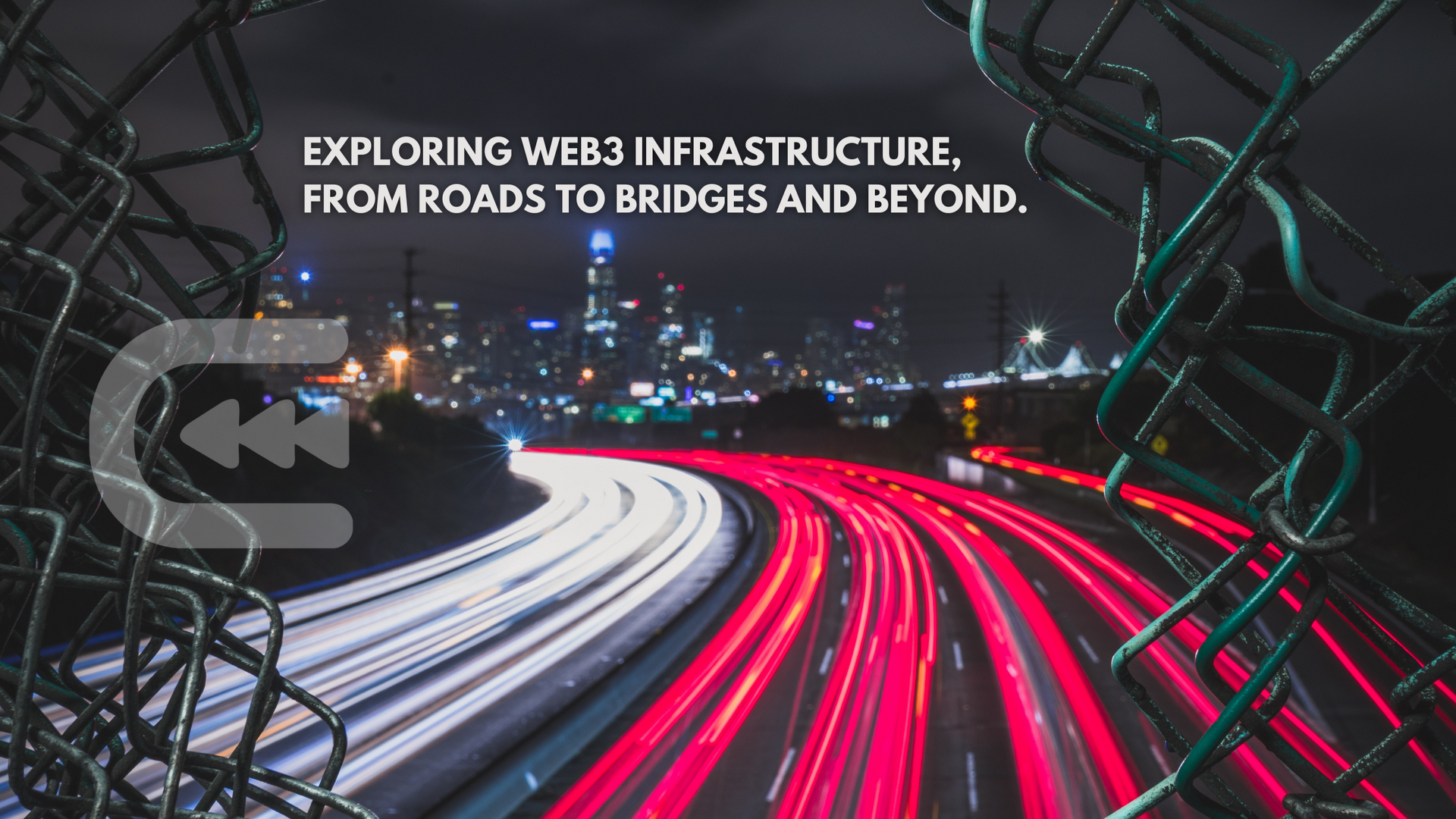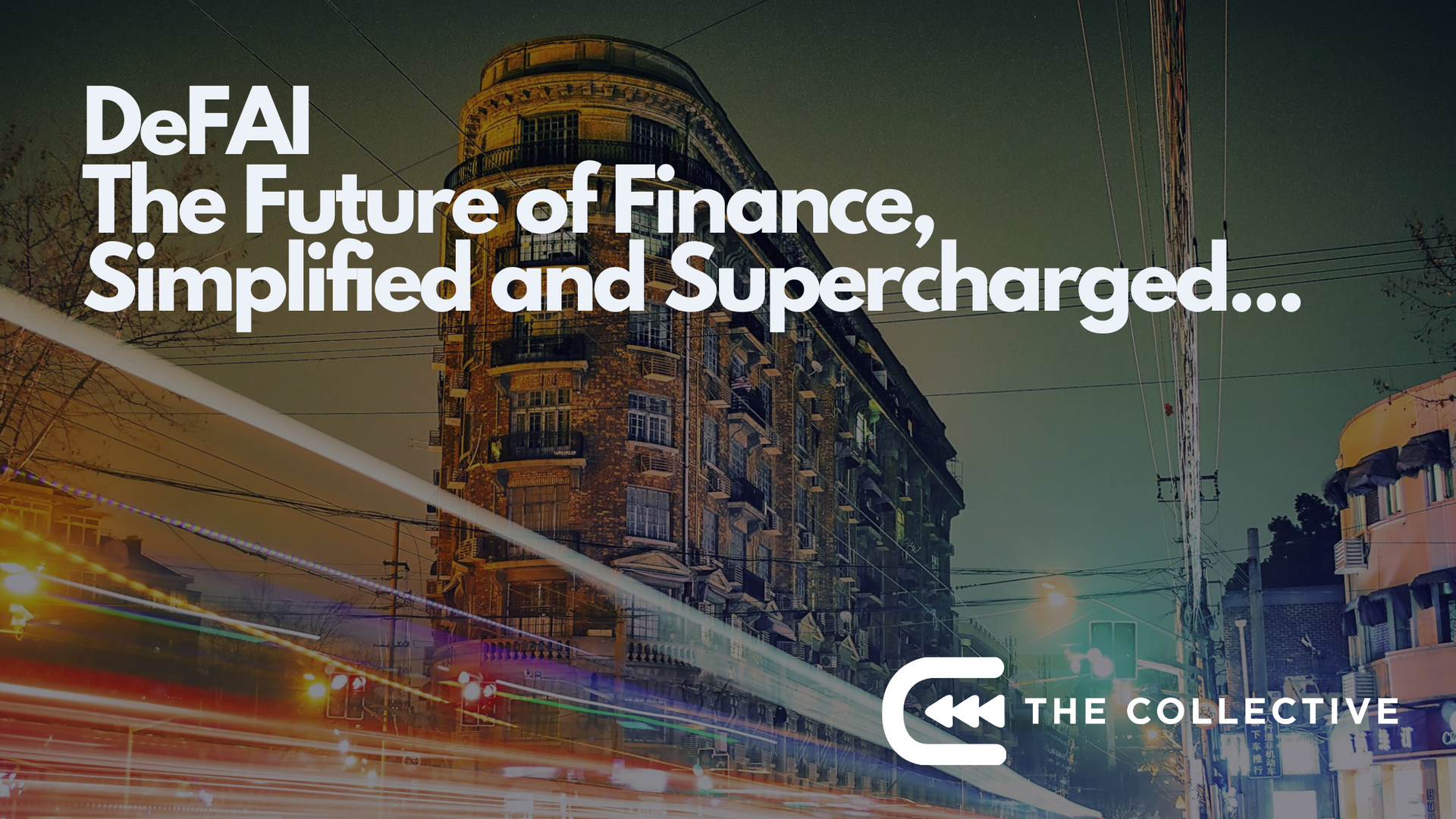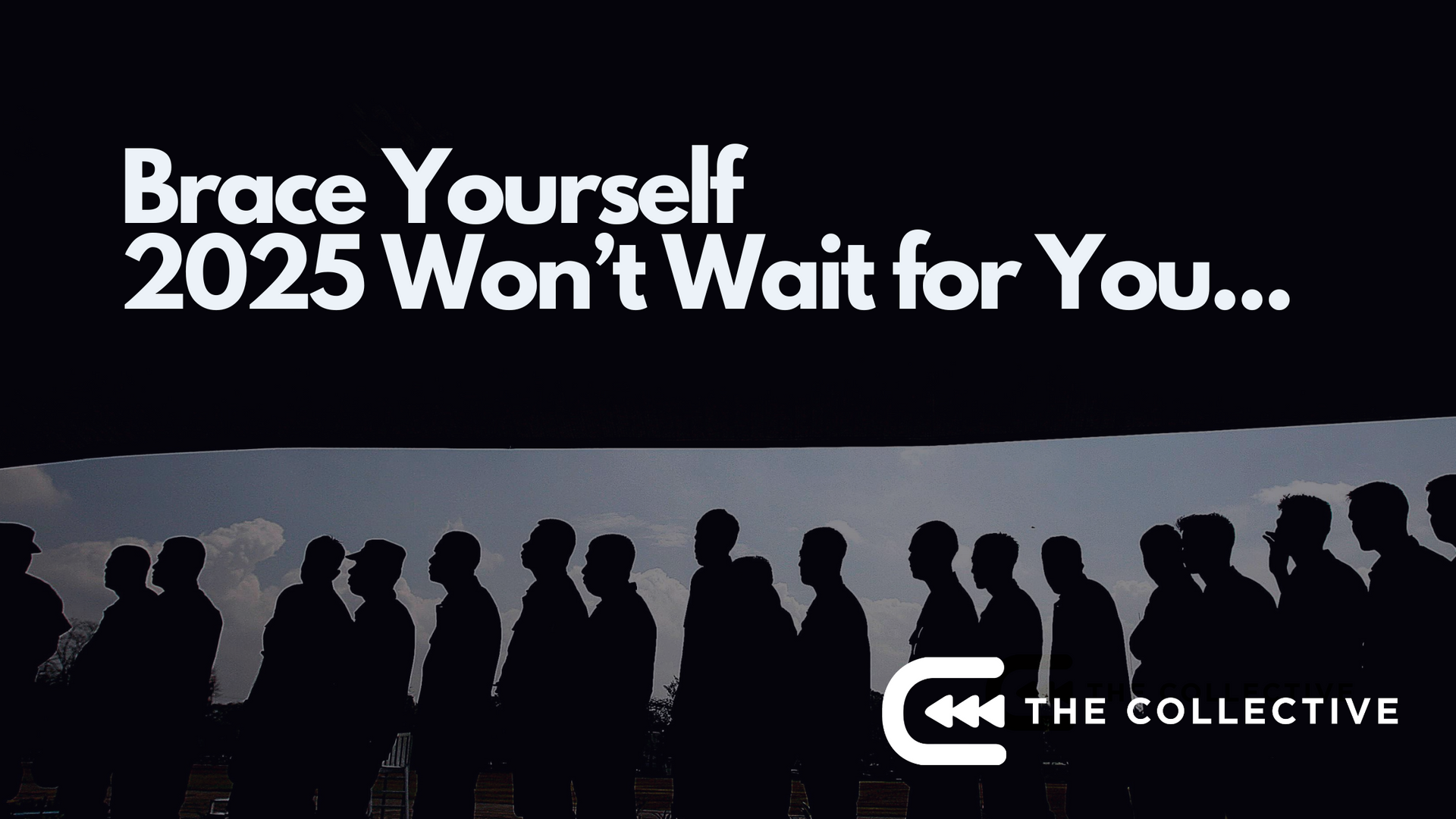Exploring Web3 Infrastructure, from roads to bridges and beyond.

Imagine a world where information flows freely, like cars speeding along highways. Bitcoin was the first paved road connecting nodes across the globe. However, like any city gridlocked with vehicles, scaling remains a challenge.
Enter Web3, where multi-chain, cross-chain, and omni-chain technologies as a concept are constructed like interstate highways to enable smooth route transitions.
This article explores the differences among them to help you better navigate the fast-approaching future of decentralized finance (De-Fi). Learning about the latest innovations today prepares you for a brighter tomorrow. By the end, even an "average Joe" should grasp fundamental concepts enabling exciting discoveries ahead within this transformative ecosystem rapidly heading our way...if not already here!
If this sounds too futuristic right now, consider electric self-driving cars initially sparking skepticism until people embraced advantages improving daily routines…now commonplace! The same logic applies here regarding cutting edge cryptocurrency advancements destined to revolutionize financial interactions in ways we previously never imagined possible beyond science fiction tales.
Let’s dive into the matter and explore some of these groundbreaking concepts…Ready, set, go!
Modular Blockchains: Consider old-style city streets where traffic lights control busy intersections; just like how central authorities regulated single chain-only blockchain access decisions. Similarly, in computing networks where nodes communicate solely with each other (node 1 & node 2 talk directly), if either breaks or needs maintenance causing delays affecting entire system efficiency, everyone else suffers since traffic can no longer pass around detours created because of unexpected incidents. Enter modular blockchains. They introduce decentralized interoperable components connecting more freely instead of funneling control exclusively to trusted administrators directing single entry/exit points limiting network accessibility. Modular designs offer greater flexibility and potential scalability, resulting in successful projects and applications that weren't possible before due to limitations in traditional approaches.
Multichain: In simple terms, imagine a city with many roads that lead to different areas, each designed to suit individuals' specific needs. Each person chooses their preferred route depending on their destination, without mixing with other traffic flowing to different locations. This is similar to a multichain structure in crypto, where there are several distinct chains operating independently and separately from one another. Multi-chain means there are no common rules for all users to follow; instead, different chains serve various purposes without affecting others. Similarly, real-world cities usually have multiple roads going to various regions offering unique advantages according to what people require at differing times and circumstances rather than forcing everyone to drive the same car down exactly the same fixed predetermined course while missing opportunities to access potentially more advantageous alternative travel solutions or productively occupied spaces simultaneously. Multichain brings the benefits of parallel processing found in everyday tech such as computers and databases to cryptocurrency networks while also ensuring compatibility and shared access controls between networks without centralization overhead.
Cross-Chain and Omni-Chain: Nowadays, much like how we can use interstate highways between states, Web3 offers ways to connect multiple digital "chains", forming something known as Cross-Chains and Omni-Chains. These allow information to move easily from platform to platform using "protocols" acting as translators permitting seamless conversion between different systems. Imagine being able to navigate through all sorts of communities without stopping for endless red lights asking permission before proceeding forward!
- Cross-Chains function similarly to adding additional lanes or "bridges" that allow cars to pass from different areas without holding up vehicles already on the original through lanes.
- Omni-Chains makes everything even easier. Imagine that each car on the road has a GPS tracker that tells them exactly how to get to their destination without any traffic hassles. In the web3 world, this would be similar to having a "single address" that works across various blockchains and platforms!
These technologies are becoming more widely used because the future is heading towards more connected networks between blockchains and other platforms.
Get familiar now since it’s likely it will start happening pretty quickly when Web3 becomes mainstream. It’s also super exciting to embrace new change in society as a whole thanks to Web3 and its ever expanding ecosystem!!





Helping people, entrepreneurs & businesses to bridge the gap between the internet of today towards the revolutionary Web4 movement.
#TakeItBack
Support us
Support the free and independent movement!
with 5 Euro / Dollar you already help us enormously!
Bitcoin wallet:
bc1qtl0yyayrdy2p74xf52ts75tw2tl0aleehhtfjl
Monero wallet:
44gKNgXYMEfFFBR4J1ySmj161zYpMZdGZPH1D2mDnYHTPXLmv83d58CbF6uNWpDq1Vdgw1NLwkJNkR1NEmqmC5xa6ZzRehG
Ethereum wallet:
takeitback.eth









